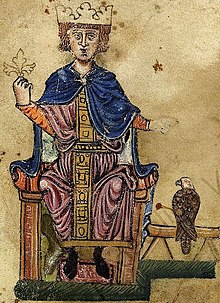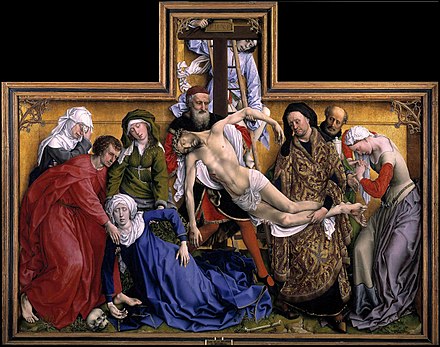As I did two years ago and again last year I set out on this blog a May Marian pilgrimage around the medieval shrines of Our Lady in England. I thought I would repost the links from
last year’s version as the more complete version on the appropriate days this month as well.
The introduction to the shrines, the rather curious route followed and my own additions are all set out in my introductory post from last year at A May Marian Pilgrimage through Medieval England
I hope you will join me on this pilgrimage through May to seek out Our Lady in her medieval English shrines.
As it is still, just, April, and as Spring is finally if full leaf and bloom, let me end by quoting Chaucer’s beginning to the Prologue of The Canterbury Tales ….
1 Whan that Aprill with his shoures soote
When April with its sweet-smelling showers
2 The droghte of March hath perced to the roote,
Has pierced the drought of March to the root,
3 And bathed every veyne in swich licour
And bathed every vein (of the plants) in such liquid
4 Of which vertu engendred is the flour;
By which power the flower is created;
5 Whan Zephirus eek with his sweete breeth
When the West Wind also with its sweet breath,
6 Inspired hath in every holt and heeth
In every wood and field has breathed life into
7 The tendre croppes, and the yonge sonne
The tender new leaves, and the young sun
8 Hath in the Ram his half cours yronne,
Has run half its course in Aries,
9 And smale foweles maken melodye,
And small fowls make melody,
10 That slepen al the nyght with open ye
Those that sleep all the night with open eyes
11 (So priketh hem Nature in hir corages),
(So Nature incites them in their hearts),
12 Thanne longen folk to goon on pilgrimages,
Then folk long to go on pilgrimages,
13 And palmeres for to seken straunge strondes,
And professional pilgrims to seek foreign shores,
14 To ferne halwes, kowthe in sondry londes;
To distant shrines, known in various lands;
15 And specially from every shires ende
And specially from every shire's end
16 Of Engelond to Caunterbury they wende,
Of England to Canterbury they travel,
17 The hooly blisful martir for to seke,
To seek the holy blessed martyr,
18 That hem hath holpen whan that they were seeke.
Who helped them when they were sick.
When April with its sweet-smelling showers
2 The droghte of March hath perced to the roote,
Has pierced the drought of March to the root,
3 And bathed every veyne in swich licour
And bathed every vein (of the plants) in such liquid
4 Of which vertu engendred is the flour;
By which power the flower is created;
5 Whan Zephirus eek with his sweete breeth
When the West Wind also with its sweet breath,
6 Inspired hath in every holt and heeth
In every wood and field has breathed life into
7 The tendre croppes, and the yonge sonne
The tender new leaves, and the young sun
8 Hath in the Ram his half cours yronne,
Has run half its course in Aries,
9 And smale foweles maken melodye,
And small fowls make melody,
10 That slepen al the nyght with open ye
Those that sleep all the night with open eyes
11 (So priketh hem Nature in hir corages),
(So Nature incites them in their hearts),
12 Thanne longen folk to goon on pilgrimages,
Then folk long to go on pilgrimages,
13 And palmeres for to seken straunge strondes,
And professional pilgrims to seek foreign shores,
14 To ferne halwes, kowthe in sondry londes;
To distant shrines, known in various lands;
15 And specially from every shires ende
And specially from every shire's end
16 Of Engelond to Caunterbury they wende,
Of England to Canterbury they travel,
17 The hooly blisful martir for to seke,
To seek the holy blessed martyr,
18 That hem hath holpen whan that they were seeke.
Who helped them when they were sick.
From Harvard’s Geoffrey Chaucer Website
available at Text and Translations








